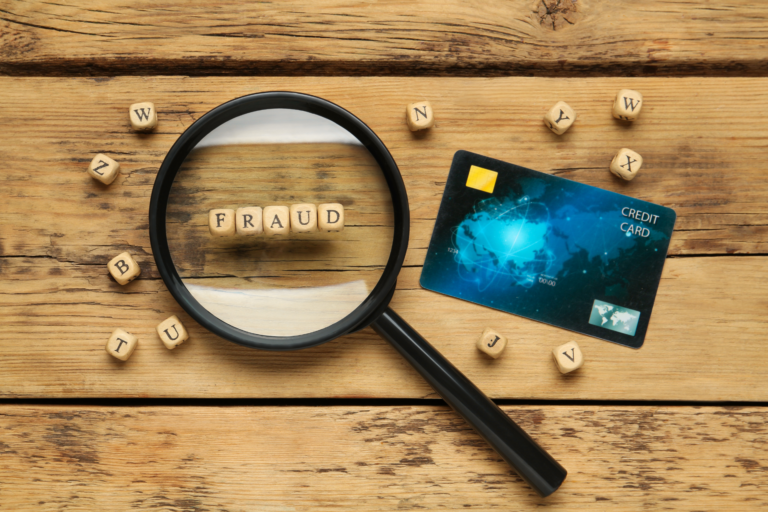By Gwendolyn Hartstein
This week millions of people are joining the annual America Saves Week Challenge. Join them by setting up some financial goals for you and your family and creating a plan to achieve them. To help jumpstart this process, here are some useful questions to answer:
1.What does my “rainy day” look like? A “rainy day” is a common phrase but what does exactly mean? Merriam-Webster defines “rainy day” as “a period of want or need.” Ask yourself: Am I saving for a major expense or a celebration like a wedding or graduation? Am I looking to cover potential medical or emergency expenses? Making sure you know what you are saving for (your rainy day) will help you keep your “eye on the prize.”
Fun fact: the first known use of the term “rainy day” was in 1580 in an Italian playwright as “Putting something aside against a time of need or adversity.”
2. What’s the first step? Without a doubt, creating a budget or spending plan is the first step to start your savings. Having a budget and reviewing it from time to time allows you to select expense categories you may want to reduce or eliminate to maximize your savings. The budgeting method you choose should fit your personal preferences. Then focus on recording your income (any money and benefits paid to you) and subtracting your expenses (any money or benefits you pay to others). If you are not sure what expenses to put on your budget, this infographic can help: The budget categories.
Tip: Check out this article to learn more about these budgeting methods: 5 Simple Budgeting Methods to Help You Live Your Best Life
3. How do I start saving? If your budget is tight (as in no wiggle room for anything extra), the best thing to do would be to look at your expenses and try to see if you can reduce or eliminate some of them. For example, you can look in to reducing your groceries expense by shopping during sales and searching for low-cost or free options such as visiting your local food pantry for canned and other dried goods and go to a local farmers market for reduced priced vegetables and fruits. This infographic has great ideas about reducing expenses: “Tips to save money”
Pro tip: If you are in the New York City area, these resources can help you with your groceries: GrowNYC Greenmarkets | GrowNYC and Food Pantries and Soup Kitchens · NYC311.
4. Where do I save my money? It depends on what you have in place:
a) If you already have a savings account, you can set up automatic deposits from your paycheck or checking account to your savings account. The dollar amount you transfer depends on your financial goals and how much money you have left to save.
Tip: If you struggle with keeping the money in the account, consider opening a separate savings account with another bank or credit union and opting out of getting the debit card to limit access to the money. You will still have access via bank transfers or by going to the bank in person.
b) No savings account yet? Look for savings accounts that do not require minimum balances. Many online savings accounts are like this and there are a few brick-and-mortar banks that offer this as well. Investopedia covers some here: Best Free Savings Accounts.
c) If you already have some money but do not want to put it in a savings account: Explore money market accounts, money market funding accounts or a certificate of deposits. These products usually offer better interest rates and help you grow your savings until the funds are needed. Keep in mind, all of them have pros and cons and some restrictions. Talk to a financial counselor to help you understand what is best for you.
Still have questions?
Saving money with limited income and tight budgets could be very difficult, however, it is doable, and you are not alone. NYLAG Financial Counselors can help you create a budget, set up achievable goals and start building your savings.
- If you are currently working with a NYLAG financial counselor, reach out to them now to discuss your goals and saving options.
- Connect with a NYLAG financial counselor.
- Call our NY COVID-19 Legal Resource Hotline with a legal concern related to COVID-19.








